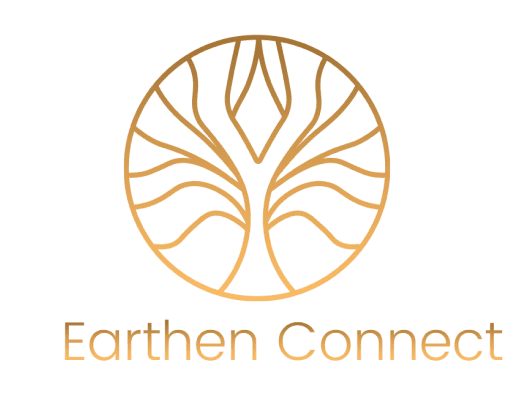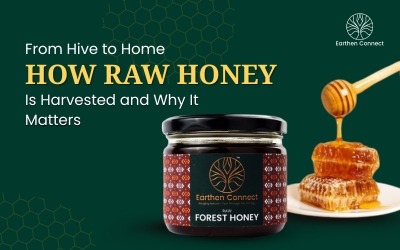Raw honey is much more than a sweetener; it makes a delicate trip from the hive before it reaches your home. Commercial honey is not as natural as raw honey, which is slightly processed to save the enzymes, antioxidants, and pollen. To appreciate what honey offers and encourage better beekeeping, you should understand how it is obtained. Let’s walk through the natural, careful steps that bring raw honey from buzzing hives into your jar at home.
Bees Begin the Work: How Nectar Collection Sparks the Process
When bees collect nectar from flowers, the stomach acids add to the nectar, which then turns into honey. The bees bring the nectar inside the hive, then allow it to ripen by adding enzymes and making the sugar easier to digest. Having many kinds of plants is good for the bees and produces best quality honey.
Harvesting Without Harm: Ethical Methods Protecting Bees and Honey
The time to collect your pure honey is when the combs are complete and the moisture is right, yet you should always be gentle. They calm the bees before harvesting any honey-laden combs by smoking the hives. The hive is always safe from being destroyed. Carefully removing some parts of the comb protects the bees’ colony from getting harmed. After that, the honey is taken out by getting rid of the wax without heating. This honey is free from heat or any extra ingredients. We get to use honey in its purest form since the bees are safe from harm during this harvesting process.
Perks of Having Raw Honey You Should Not Miss
The added benefit of pure honey is lost when it is heated during processing. A slice of honey gives your palate a rich and unique taste, and it is also good for your health. Pollen is also part of local honey, and this may help you if you suffer from allergy symptoms. When you go raw, you also support small beekeepers who take ethical care while harvesting honey. If you look into your food quality, raw honey will taste stronger and sweeter and last for longer.
Is It True That Honey Comes in Both Raw Form and Regular Form?
It is also a significant issue. Only large pieces of wax are removed from raw honey during the one filtration process after it is taken from the hive. Most of the best quality honey. is made by heating it to very high temperatures, destroying any beneficial nutrients. The water is often passed through an ultrafilter, which removes pollen and other natural things. Sometimes, vitamin waters are made with added sugars, too. If you prefer honey that hasn’t been changed and is full of nutrients, choose raw instead. There is a difference between how you prepare the food and the dish you end up with.
Conclusion
Honey travels naturally from its starting point in nature, the flower, through the hive, and then to the jar. All the steps in the process respect bees and aim to protect the valuable nutrients they form. Learning about raw honey harvesting gives you information and benefits the future of bees, farming, and your well-being. Whether you enjoy it in your tea or as a remedy, raw honey gives you the healthiest taste. Whenever you go for some honey, try to keep in mind the bees and what went into making it. The Earthen Connect helps connect the farm with your table.

